 Okay. This time I'm not really talking about a game. This time I'm talking about a game, and an expansion, and a magnificent complete failure at building a good community. Today is about what happens after you release a game.
Okay. This time I'm not really talking about a game. This time I'm talking about a game, and an expansion, and a magnificent complete failure at building a good community. Today is about what happens after you release a game.
A bit of background first. There's a dude named Chris Taylor. He made a real-time strategy game named Total Annihilation, released a bit after Starcraft. Now, obviously Starcraft was just a teensy bit more popular, but TA was interesting because it was a somewhat different style of RTS from the standard. Most RTSes have very flat tech trees, with at most an order of magnitude power difference between the biggest units and the smallest units. TA had a deep tech tree, with the most expensive biggest units able to take on moderate-sized armies of the smaller units. Blizzard's real-time strategy games love loading up their units with crazy special abilities, requiring massive micromanagement, while TA was more about building armies of military units and sending them against each other in bulk. RTS games rarely provide UI features to automate dull repetitive processes, and yet TA was (for its time) full of them – a thorough waypoint system, the ability to set factories to automatically build units and even automatically give orders to newly-built units, and some controls on unit behavior that were, strangely, actually useful.

The company that made Total Annihilation, Cavedog, was eventually reabsorbed into its parent company, and any hope of Total Annihilation 2 vanished with it. Chris Taylor went on to form a company called Gas Powered Games (I bet you are shocked by that, given the subject of this entry) which made a few dungeon-crawler games and eventually announced Supreme Commander, a spiritual successor to Total Annihilation.
Everything that TA did well, SC was meant to do better. A larger tech tree, with humongous, army-crushing ultimate units. More automation, less micromanagement. Supreme Commander was advertised as a strategic game, not a tactical game – a game where you would direct the flow of battle and not micromanage every unit in a skirmish. In a genre where "large battles" consisted of perhaps forty units, Supreme Commander advertised battles consisting of four hundred units, spread out across five hundred square kilometers or more.
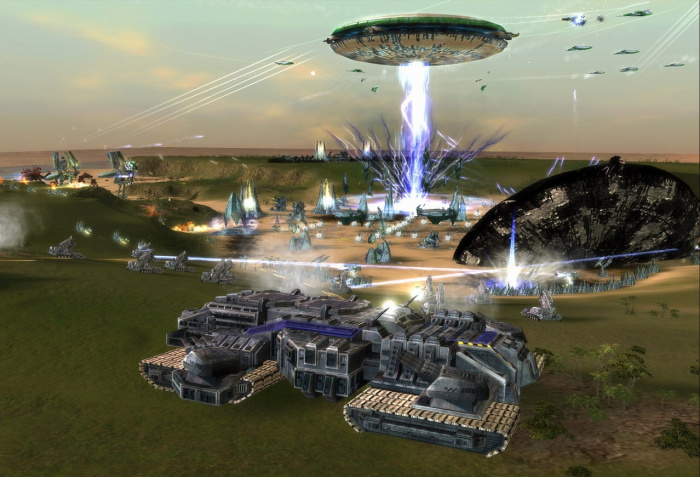
So there's the background.
Supreme Commander was not a great game on release. Many of the features that had been promised were simply missing – the automatic base construction, joint attacks . . . even the pathfinding was hideously flawed, frequently turning your base-crushing attack into a five-minute-long trickle of easily-destroyed units. Multiplayer was imbalanced – not painfully so, but significantly so, and enough that many units were almost entirely unused. GPG promised improvements in patches, so we settled down to wait and see what improved.
Now, if you're changing the game substantially, there are things you have to do. You have to talk to the playerbase, for one thing. You have to give them some idea that things are being worked on, that their opinions are being heard, and that the game is actually getting better. GPG did none of these. Patches were released with changes – usually either minor changes, or gamebreaking changes – with little explanation or warning. Gamebreaking bugs remained unfixed. The balance was tweaked one way, then the other way, with no particular rhyme or reason to it, and little-to-no developer feedback.
There are a few events which, together, made me give up on the game and its developers.
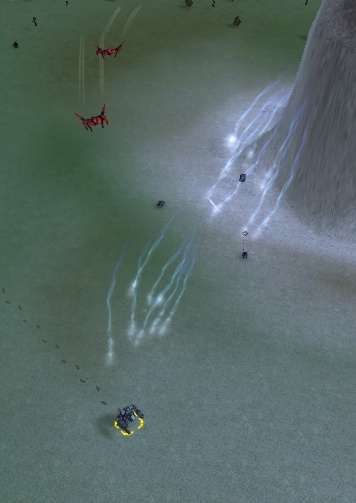 GPG started a series of advertisements on their multiplayer application. "They're coming!" "What you asked for!" With a countdown – a month-long countdown. Surely this would be important, right? What we asked for – well, those are bugs fixed, pathfinding improved, and all those features we were promised originally! This could be awesome! And they're working on it for at least a month!
GPG started a series of advertisements on their multiplayer application. "They're coming!" "What you asked for!" With a countdown – a month-long countdown. Surely this would be important, right? What we asked for – well, those are bugs fixed, pathfinding improved, and all those features we were promised originally! This could be awesome! And they're working on it for at least a month!
What we got were three units. One unit per race. Two bombers, and one hideously, hideously unbalanced guided missile, which seriously damaged competitive play since only one faction was now competitive.
People were pissed. People made threads on the forum talking about how pissed they were. A month! A full month of countdown, for three painfully unbalanced units! What were you thinking?
The threads were immediately closed and frequently deleted.
As a brief drop out of the timeline: THIS IS A BAD IDEA. NEVER DO THIS. People want to feel like they're being heard. People want to feel like their opinions matter. Take a look at the World of Warcraft forums, in comparison – the forum mods rarely delete threads and rarely censor anything. Want to talk about how the game sucks and they couldn't balance a scale if it came with marked weights? Go for it! It's allowed. People even argue GM decisions on the forums. (Unsuccessfully. But they do.) Back to the timeline.
Then the expansion showed up. With a full rebalancing of all the units, a huge modification of gameplay . . . and a complete abandonment of the original, non-expansion game. And an entire new set of bugs. A new set of balance issues. A new set of problems.
I gave it a month or two, the biggest problems weren't fixed, and I left.
I haven't written this just to vent about a game being screwed up by crummy customer service. I mean, it does still annoy me, and I do still want to play a working version of the game. But the real point is: your customers are fickle, capricious beings. They will leave if they think they're not being respected. They will leave if there are gamebreaking bugs. And they will leave if there is no evidence that the bugs will ever be fixed.
Contrast GPG's behavior with Blizzard's behavior. Blizzard's beta process is open and transparent. Blizzard employees talk about their balancing efforts, talk about what's coming up in future patches, and listen to customer feedback – or at the very least, read enough of it that they can pretend they're listening to it.
The second thing any game studio needs is a good game – but a good game won't help if you don't have people who want to play the game. And if you have people who want to play the game, and they give you suggestions on how to improve it? A lot of those will be terrible – but you still have to listen, because chances are they've played the game more than you have, and some of them will be good.
If you pay attention to your customers, you'll get more.

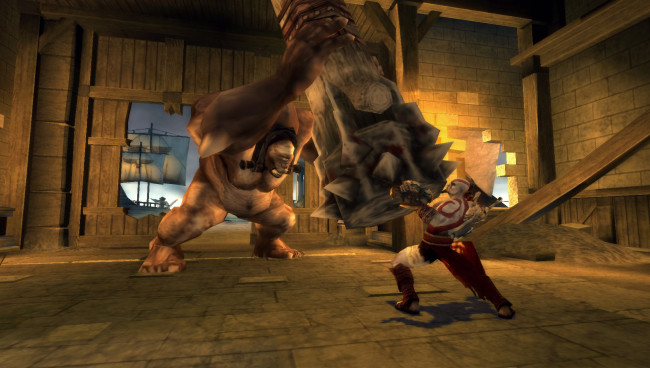
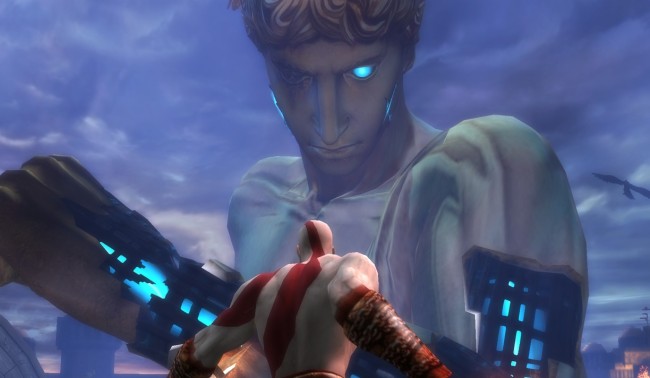
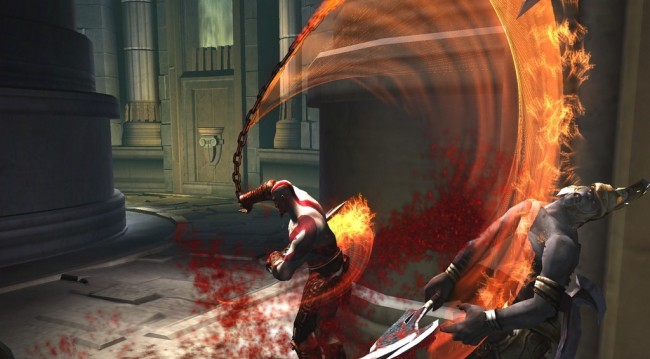
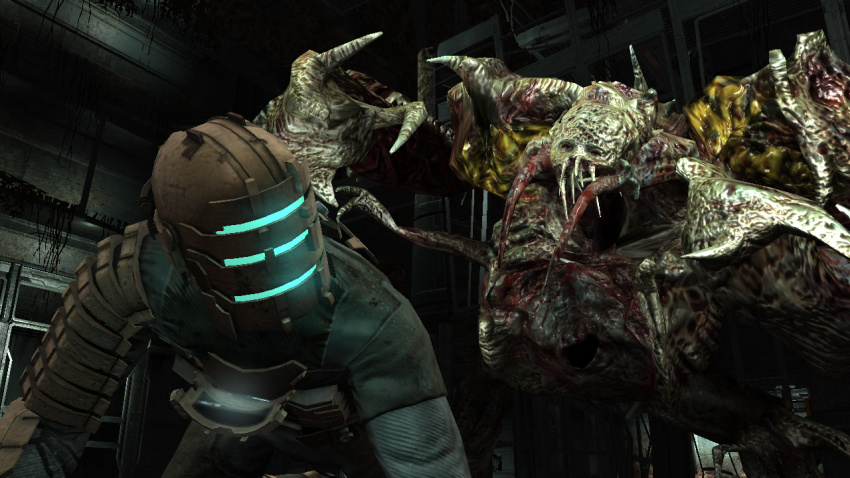
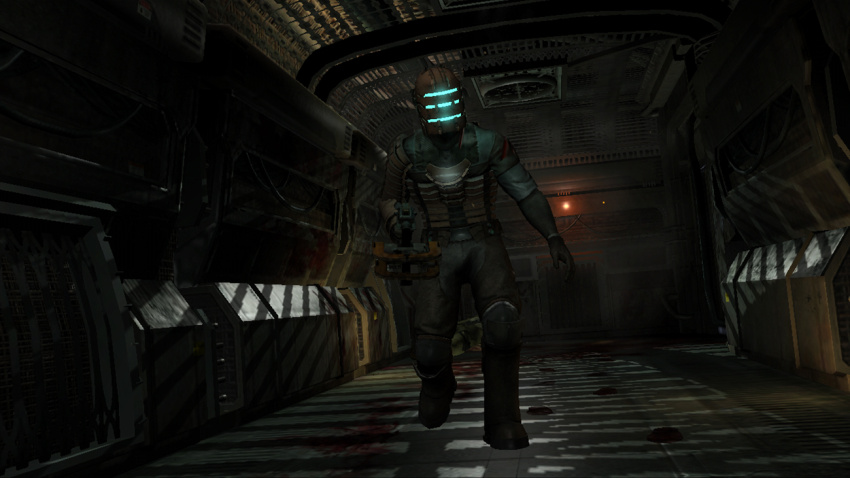
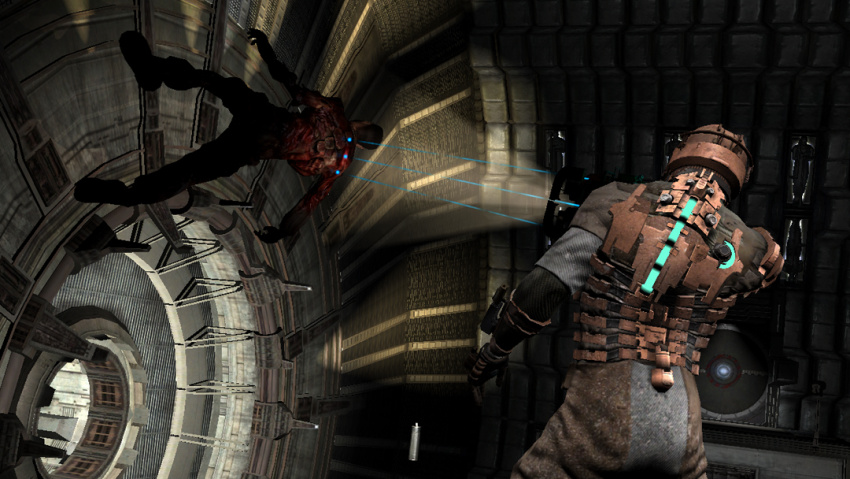
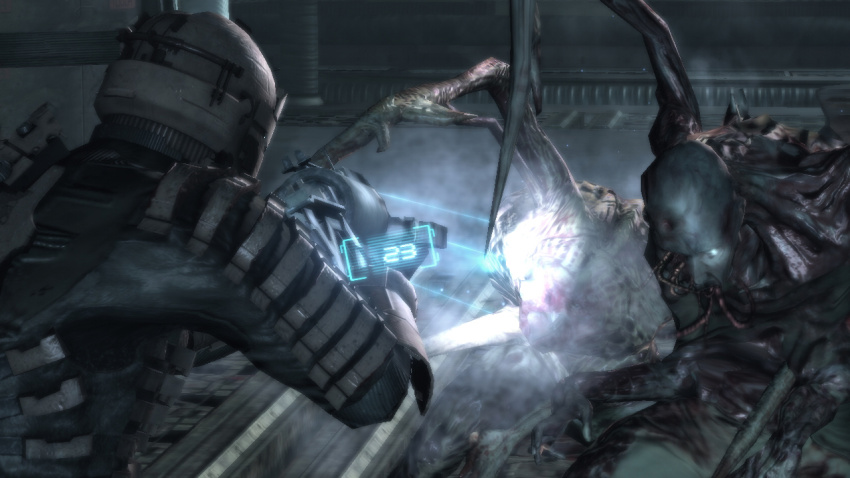
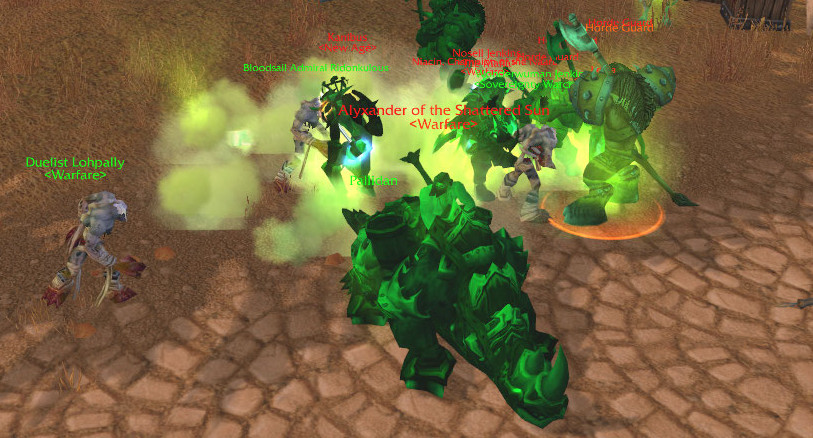
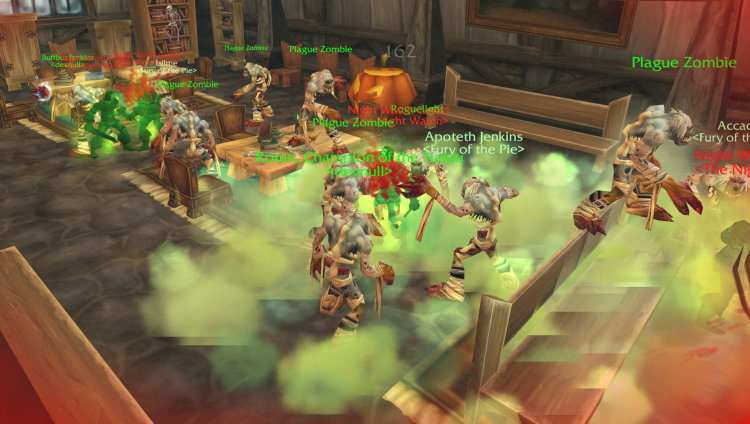
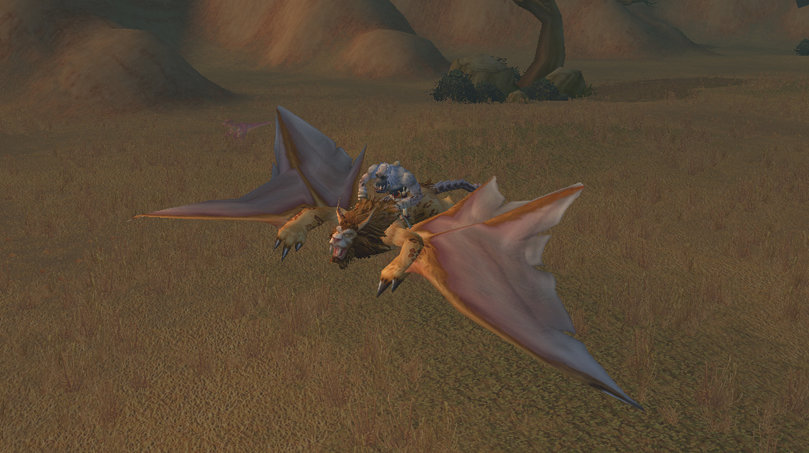
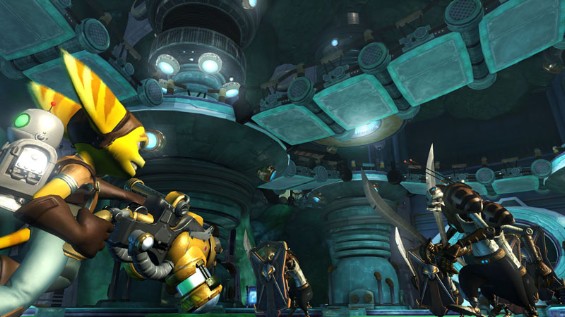
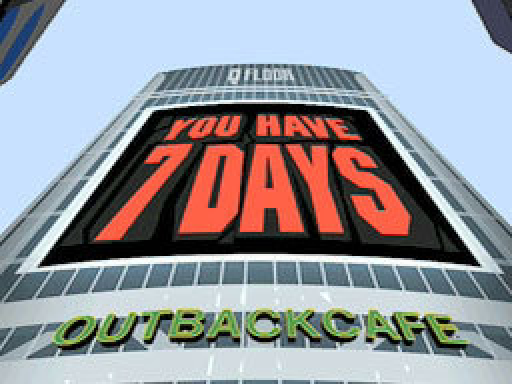
 Okay. This time I'm not really talking about a game. This time I'm talking about a game, and an expansion, and a magnificent complete failure at building a good community. Today is about what happens after you release a game.
Okay. This time I'm not really talking about a game. This time I'm talking about a game, and an expansion, and a magnificent complete failure at building a good community. Today is about what happens after you release a game.

 GPG started a series of advertisements on their multiplayer application. "They're coming!" "What you asked for!" With a countdown – a month-long countdown. Surely this would be important, right? What we asked for – well, those are bugs fixed, pathfinding improved, and all those features we were promised originally! This could be awesome! And they're working on it for at least a month!
GPG started a series of advertisements on their multiplayer application. "They're coming!" "What you asked for!" With a countdown – a month-long countdown. Surely this would be important, right? What we asked for – well, those are bugs fixed, pathfinding improved, and all those features we were promised originally! This could be awesome! And they're working on it for at least a month!

